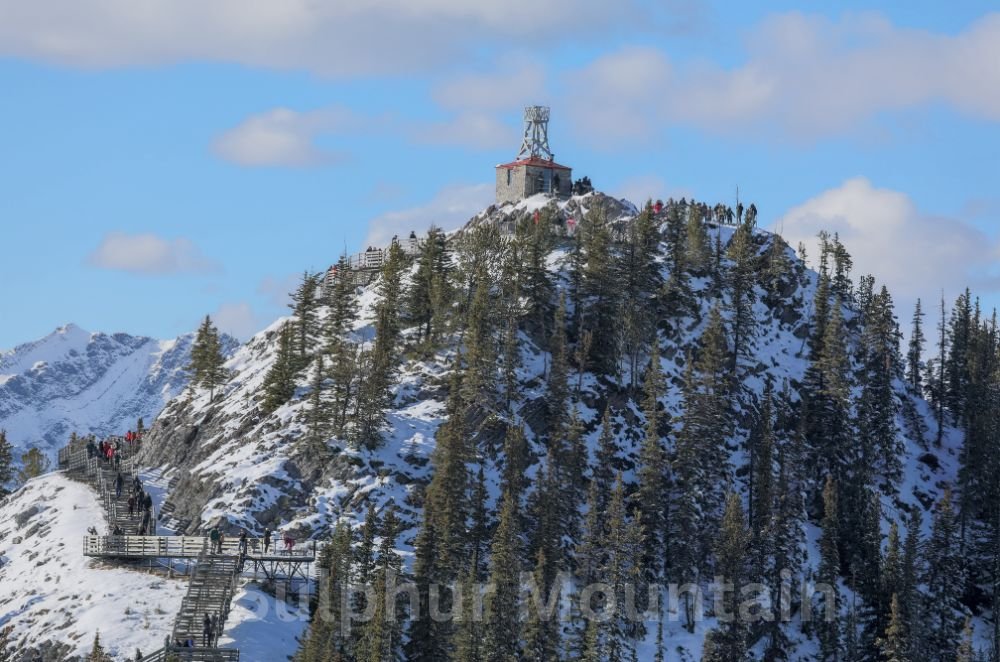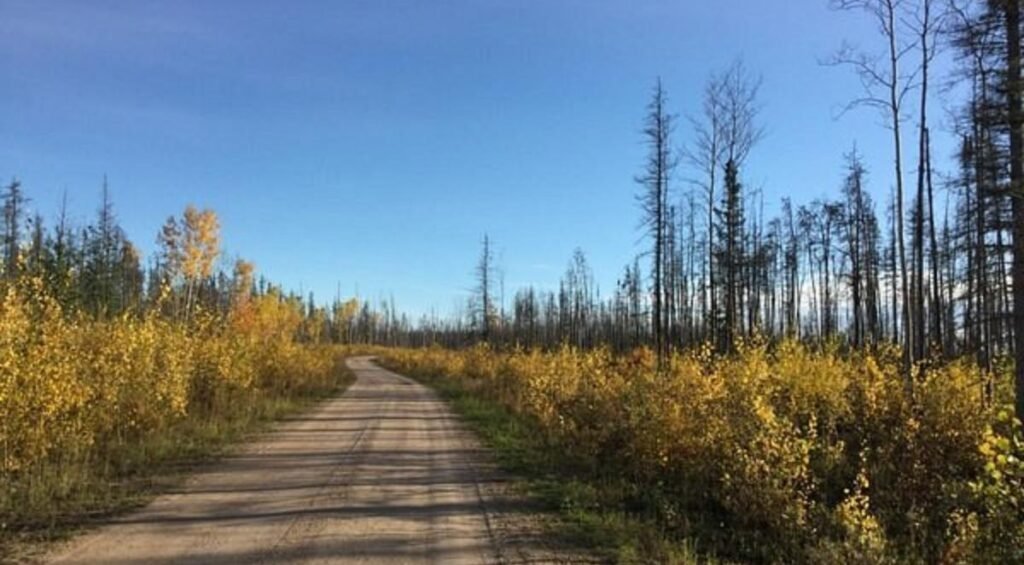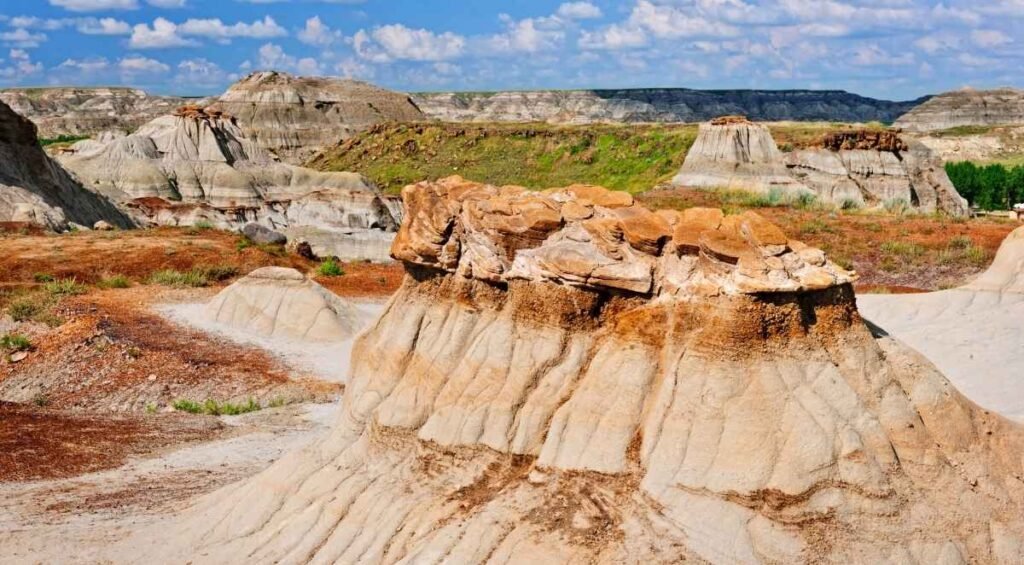Peter Lougheed Provincial Park is located in Kananaskis Country, Alberta, the park spans over 304 square kilometres of the Canadian Rockies. Established in 1977 and renamed in 1986 to honour former Premier Peter Lougheed, the park offers diverse landscapes, including rugged mountains, clear lakes, and dense forests.
As a premier destination for outdoor enthusiasts, the park provides a wide range of recreational activities year-round. Visitors can enjoy hiking, mountain biking, and camping during the warmer months, while winter brings opportunities for cross-country skiing and snowshoeing. The park’s extensive trail system and well-maintained facilities cater to adventurers of all skill levels, which makes it a must-visit location for nature lovers.
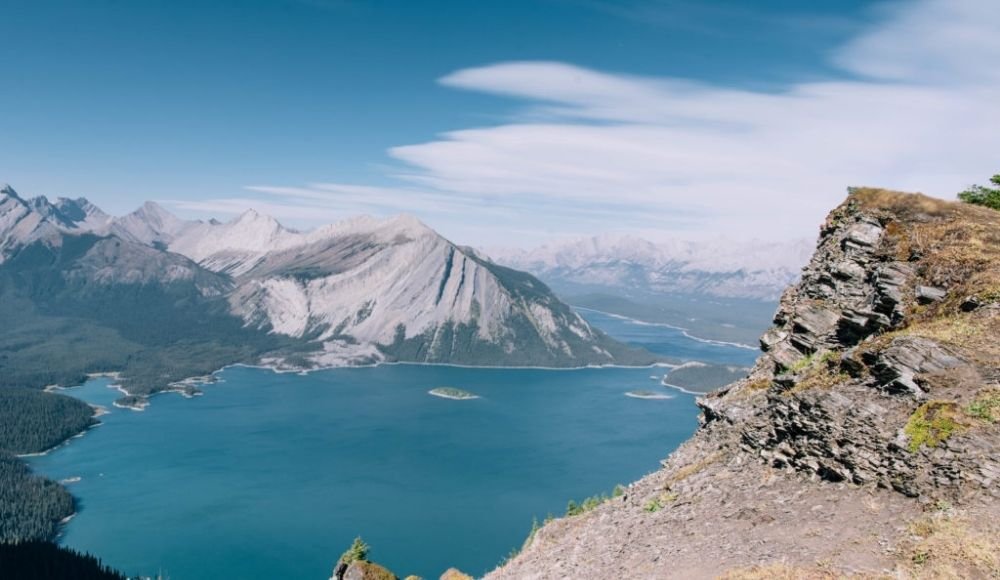
Reasons to Visit Peter Lougheed Provincial Park
Peter Lougheed Provincial Park is an ideal place to visit because it offers diverse recreational opportunities throughout the year. In warmer months, visitors can enjoy hiking, mountain biking, and camping, with trails ranging from easy walks to challenging backcountry routes. During winter, the park transforms into a haven for cross-country skiing and snowshoeing, which provides groomed trails and scenic routes, no matter your skills.
The park’s stunning natural landscapes feature rugged mountains, clear lakes, and dense forests, creating a picturesque setting for outdoor activities. Wildlife enthusiasts may encounter species such as elk, deer, and bighorn sheep, offering excellent opportunities for wildlife viewing and photography.
Accessible facilities cater to both families and adventurers. Campgrounds like Boulton Creek and Elkwood provide amenities such as showers, flush toilets, and playgrounds, ensuring a comfortable stay. The park’s well-maintained trails and visitor centers offer information and support, making it an ideal destination for nature lovers of all ages.
How to reach Peter Lougheed Provincial Park
As I said earlier, Peter Lougheed Provincial Park is located in Kananaskis Country, it is approximately 135 kilometres west of Calgary, Alberta.
To reach the park from Calgary, drive west on the Trans-Canada Highway (Highway 1) for about 70 kilometres. Take the exit for Kananaskis Trail (Highway 40) and head south. Continue on Highway 40 for approximately 50 kilometres until you reach the park’s entrance.
If you’re travelling from Edmonton, head south on Highway 2 towards Calgary. Before reaching Calgary, take the exit for Highway 22 (Cowboy Trail) heading south. Continue on Highway 22 until you reach the junction with Highway 1. Merge onto Highway 1 westbound and follow the same directions as above to access Highway 40 south into the park.
Please note that Highway 40 is closed annually between December 1 and June 14 from Peter Lougheed Provincial Park to Highway 541. During this period, alternative routes may be necessary.
When to visit
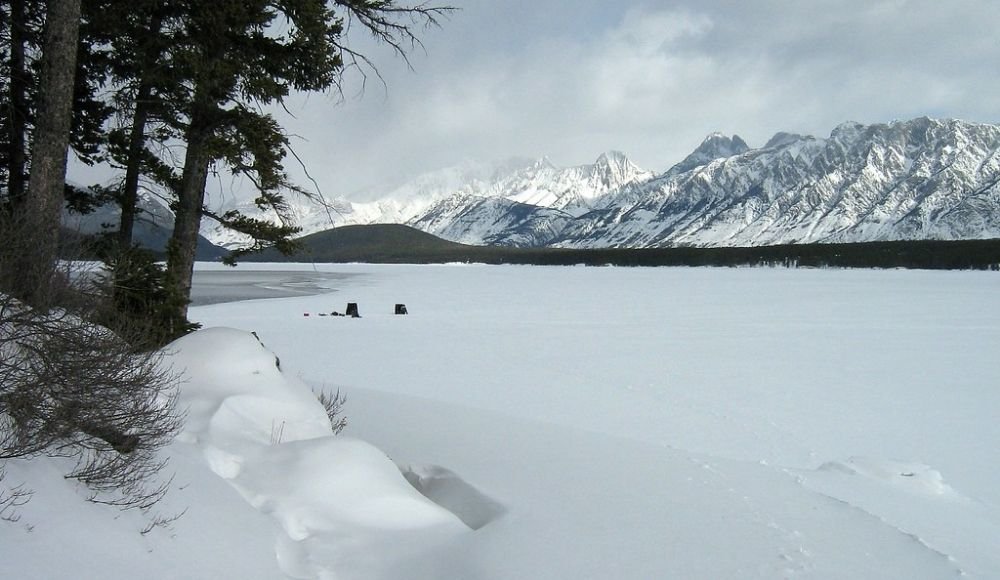
Peter Lougheed Provincial Park Prime is a destination for outdoor enthusiasts and offers diverse experiences throughout the year.
Summer (June to August): During these months, the park is ideal for hiking, camping, and water activities. Trails are accessible, campgrounds are open, and lakes are perfect for canoeing and fishing. However, this is also the peak season, so expect more visitors and consider booking accommodations in advance.
Winter (December to March): The park transforms into a winter wonderland, offering excellent conditions for cross-country skiing, snowshoeing, and ice fishing. Groomed trails and frozen lakes provide ample opportunities for winter sports. Ensure you’re prepared for cold temperatures and check trail conditions before your visit.
Shoulder Seasons (Spring and Fall): Visiting during spring or fall means fewer crowds and a more tranquil experience. However, weather can be unpredictable, with variable conditions that may affect trail accessibility and camping availability. Always check the latest weather forecasts and park advisories when planning your trip during these times.
Hiking and Trails in Peter Lougheed Provincial Park
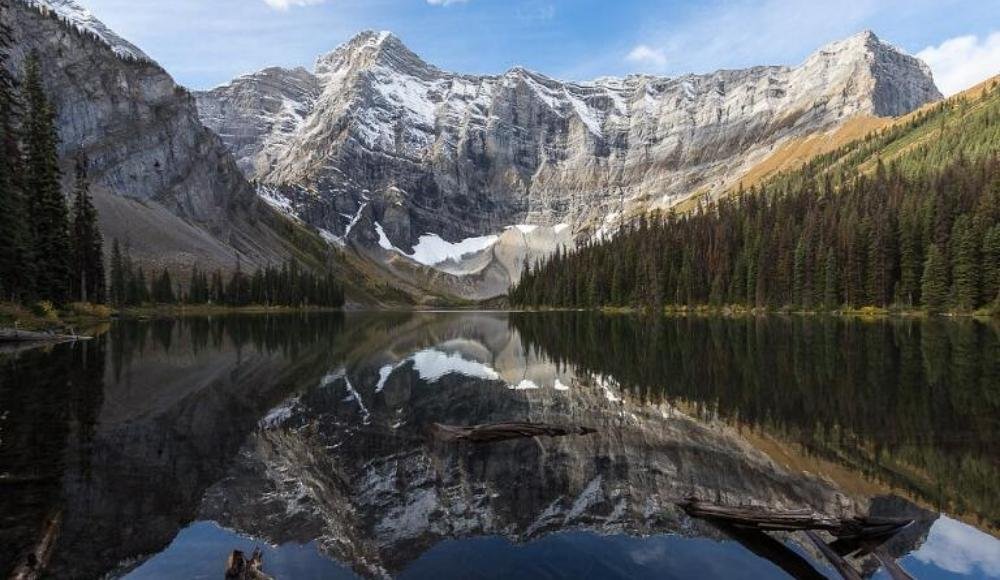
Peter Lougheed Park offers a variety of hiking trails suitable for all skill levels. The Rawson Lake Trail is a popular moderate hike, spanning 7.8 kilometres round trip, leading to a picturesque alpine lake. For those seeking a more challenging adventure, the Sarrail Ridge Trail extends from Rawson Lake and provides hikers with panoramic views of the surrounding mountains.
Trail difficulties range from easy walks to strenuous climbs. It’s essential to wear sturdy hiking boots for support and traction, dress in layered clothing to adapt to changing weather and carry navigation tools like maps or GPS devices.
Seasonal conditions significantly impact hiking experiences. In summer, trails are generally accessible, but hikers should be prepared for sudden afternoon thunderstorms. During winter, many paths are snow-covered, and certain areas may have avalanche risks.
Camping in Peter Lougheed Provincial Park
Peter Lougheed Provincial Park offers a variety of camping experiences to suit different preferences. Front-country campgrounds, such as Boulton Creek and Elkwood, are accessible by vehicle and provide amenities like showers, flush toilets, and stores. For those seeking a more secluded experience, backcountry campsites are available; these require hiking to access and offer a more rustic setting.
Boulton Creek Campground features showers, flush toilets, and a store for basic supplies, making it convenient for families and first-time campers. Elkwood Campground also offers flush toilets, a playground, and an amphitheatre, it provides a comfortable and engaging environment for visitors. Both campgrounds are well-maintained and situated near popular trails and recreational areas.
To secure a campsite, making reservations early is advisable, especially during peak seasons from June to August. Reservations open 90 days in advance, and booking early increases the likelihood of obtaining a preferred site.
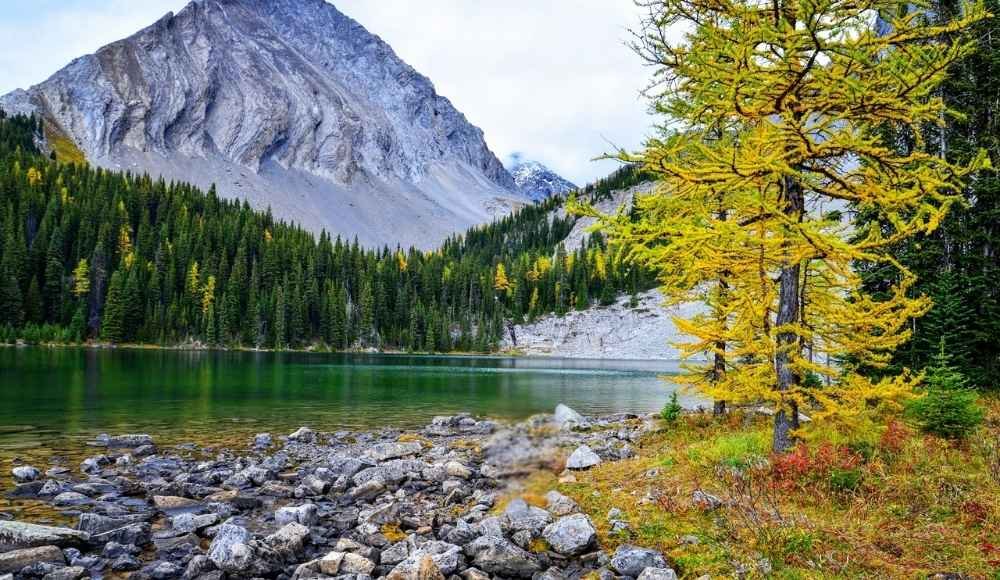
Other things to do at the park
Exploring the areas surrounding Peter Lougheed Provincial Park offers additional natural attractions that enhance your outdoor experience.
Mt. Lorette Ponds: Located just north of the park, Mt. Lorette Ponds provides a serene setting ideal for picnics, fishing, and leisurely walks. The accessible picnic sites and paved pathways around the ponds make it a family-friendly destination. Surrounded by mountain views, it’s a perfect spot to relax and enjoy nature.
Chester Lake: Situated to the west of the park, Chester Lake is accessible via a moderately easy trail with some elevation gain. The hike leads to a picturesque alpine lake, offering opportunities for photography and wildlife observation. While the lake may not be as dramatic as others, its tranquil environment provides a peaceful retreat.
Blackshale Suspension Bridge: For a unique experience, visit the Blackshale Suspension Bridge, located within Peter Lougheed Provincial Park. A short hike leads to this bridge, which offers stunning views of the surrounding forested valley. It’s a great spot for photography and adds a bit of adventure to your visit.
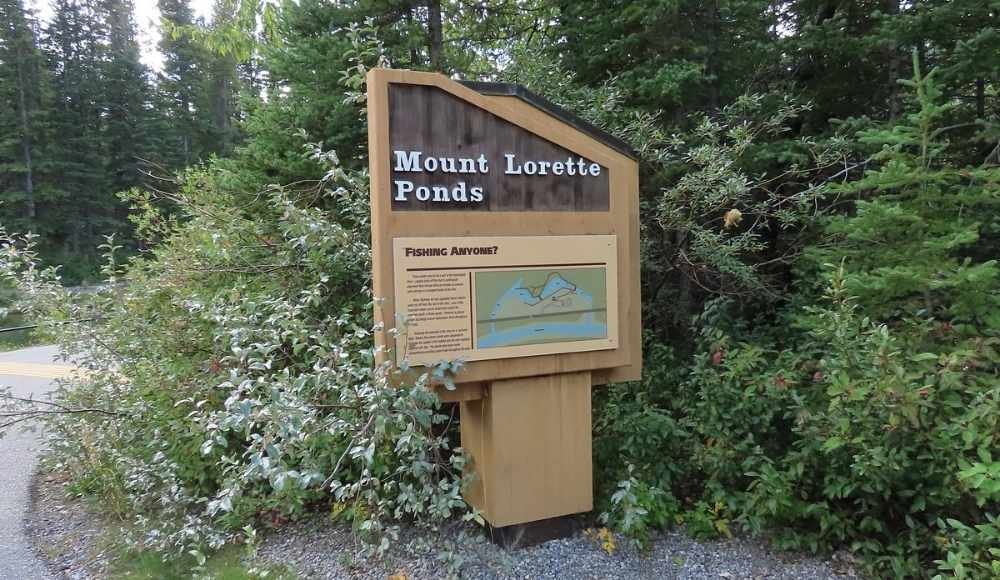
Safety Guidelines and Necessary Permits
When visiting Peter Lougheed Provincial Park, it’s essential to follow safety guidelines and obtain the necessary permits to ensure a safe and enjoyable experience.
Water Safety: All individuals using watercraft, including canoes and kayaks, must wear life jackets at all times. This precaution is vital for personal safety, as weather conditions can change rapidly, and water temperatures remain cold throughout the year.
Fishing Regulations: Anglers planning to fish in the park’s lakes and rivers are required to have a valid Alberta Sportfishing License. Licenses can be purchased online or at authorized vendors. It’s important to familiarize yourself with local fishing regulations, including catch limits and seasonal restrictions, to promote sustainable fishing practices.
Trail Use and Wildlife Safety: When hiking or biking, always stay on designated trails to protect the environment and reduce the risk of getting lost. Be aware of wildlife in the area; carry bear spray, make noise to alert animals of your presence, and store food securely to avoid attracting wildlife to your campsite.
Permits and Passes: A Kananaskis Conservation Pass is required for all vehicles parking within Kananaskis Country and the Bow Valley Corridor. Passes can be purchased online or at designated locations. Ensure you display the pass in your vehicle to avoid fines.
Packing Essentials for Different Seasons
When preparing for a trip to this Provincial Park, you need to pack appropriately for the season to ensure a safe and enjoyable experience.
Summer Essentials: During the warmer months, it’s crucial to protect yourself from the sun and insects. Pack a high-SPF sunscreen to shield your skin from harmful UV rays, and bring insect repellent to ward off mosquitoes and other bugs. Bear spray is also essential, as the park is home to wildlife, including bears. Always carry bear spray and know how to use it properly.
Winter Essentials: In colder seasons, staying warm and safe is paramount. Dress in thermal layers to maintain body heat, and use traction devices like crampons or microspikes to navigate icy trails safely. An emergency kit containing items such as a first-aid kit, flashlight, and fire-starting materials is vital in case of unexpected situations.
General Tips: Regardless of the season, always carry a map, compass, or GPS device to navigate the park’s extensive trail system. Bring sufficient water and snacks to stay hydrated and energized during your activities. By packing thoughtfully, you can fully enjoy the natural beauty and recreational opportunities that Peter Lougheed Provincial Park offers.
Conclusion: Peter Lougheed Provincial Park
Peter Lougheed Provincial Park offers a wide range of activities for nature lovers. Visitors can enjoy hiking, camping, fishing, and winter sports like cross-country skiing and snowshoeing. The park’s diverse landscapes, from rugged mountains to clear lakes, provide stunning views and unique experiences.
When exploring the park, it’s important to respect the natural environment. Staying on designated trails helps protect the ecosystem, and properly disposing of waste keeps the area clean. Following park guidelines ensures that the park remains beautiful and accessible for everyone.
